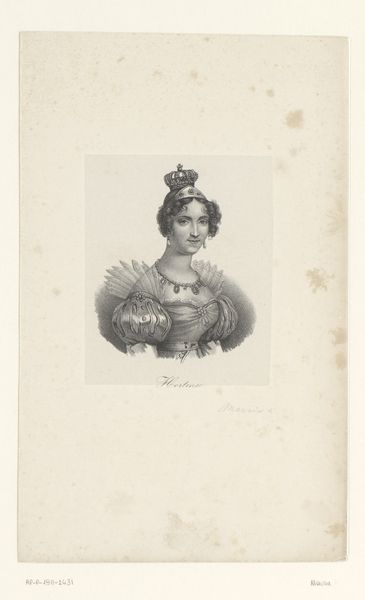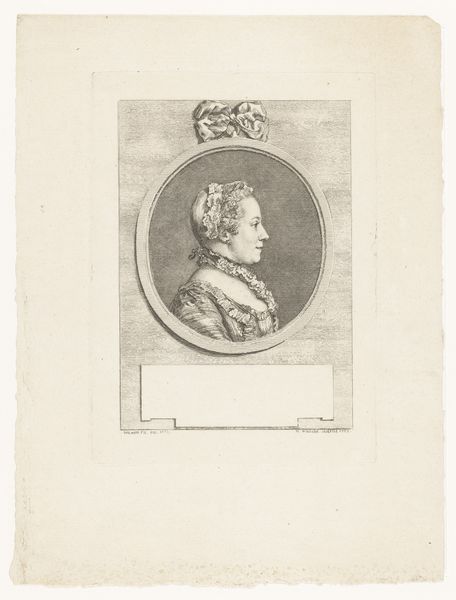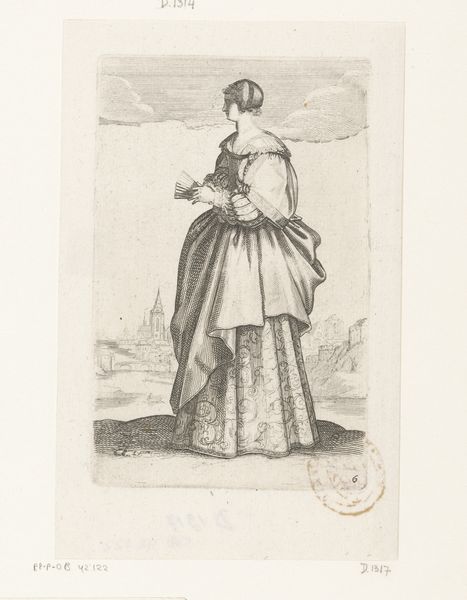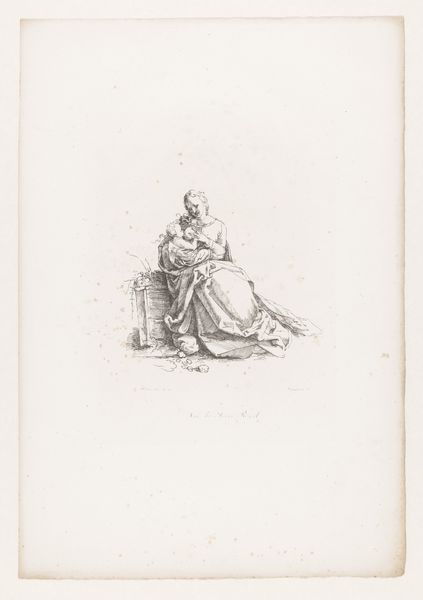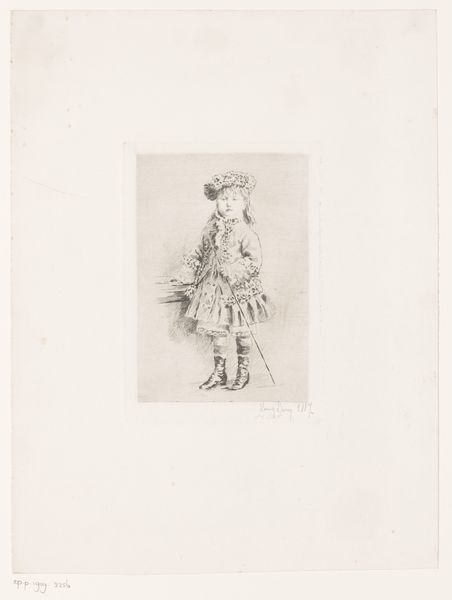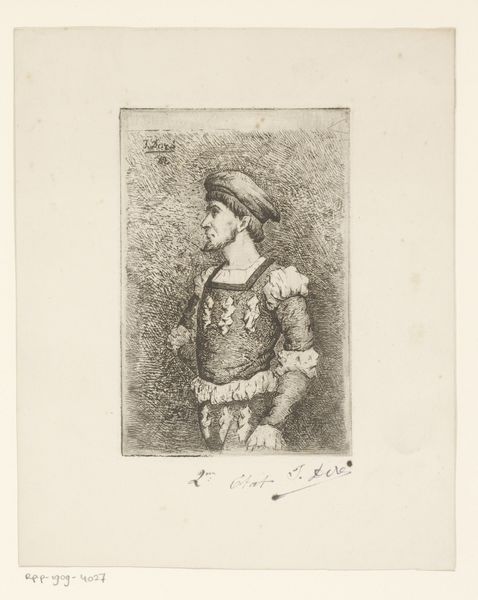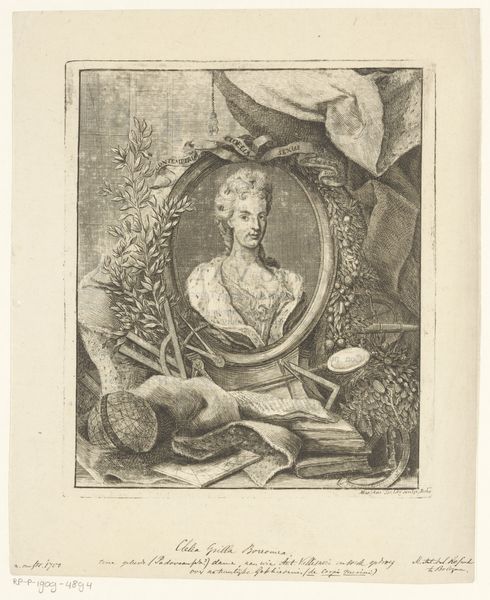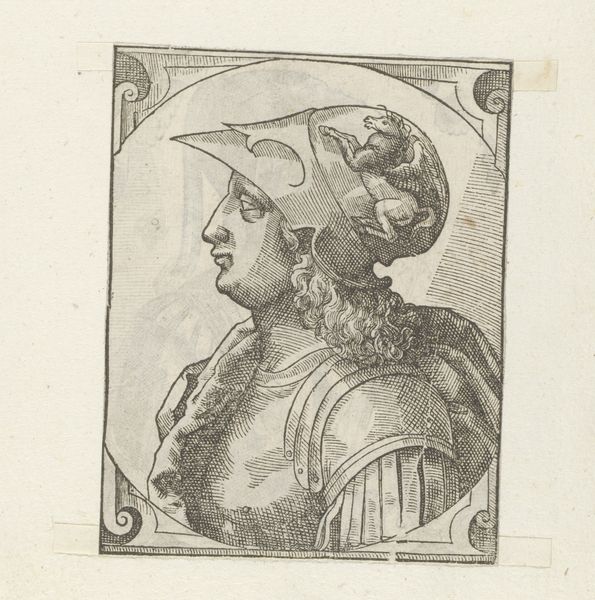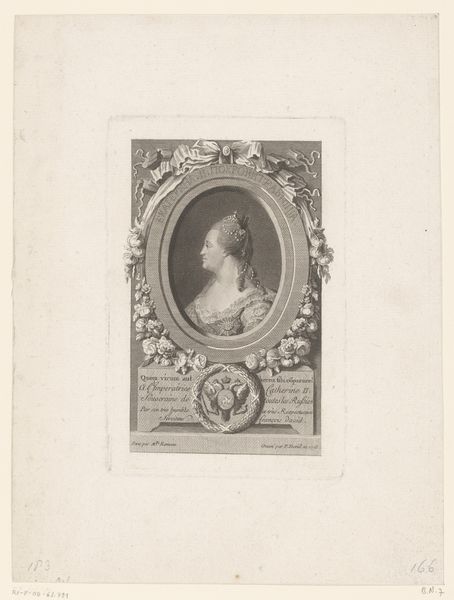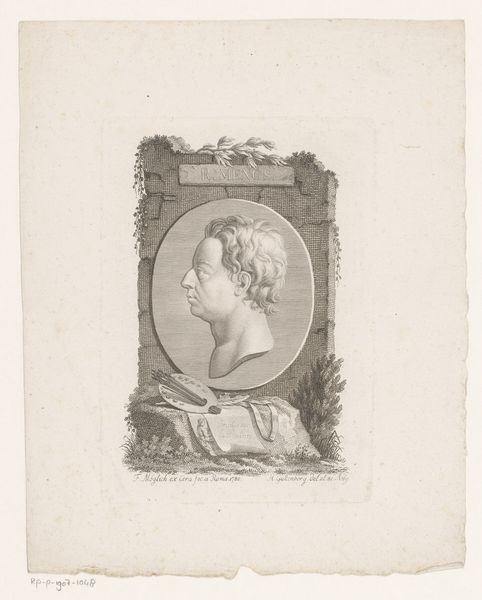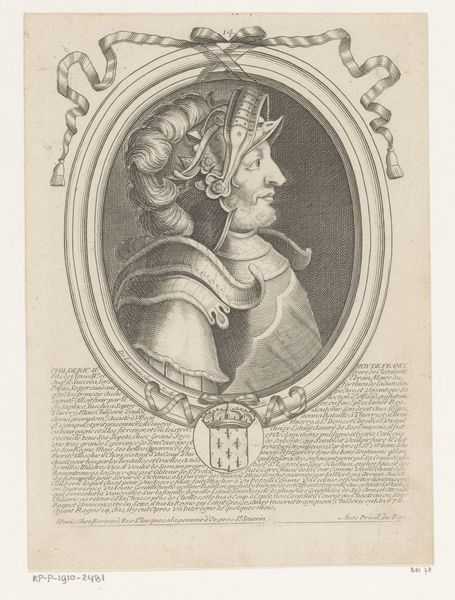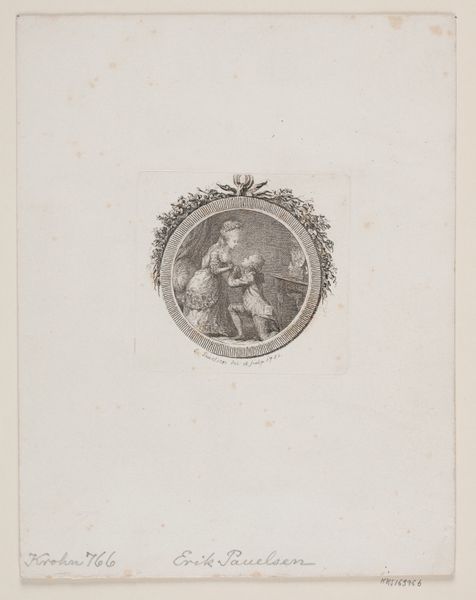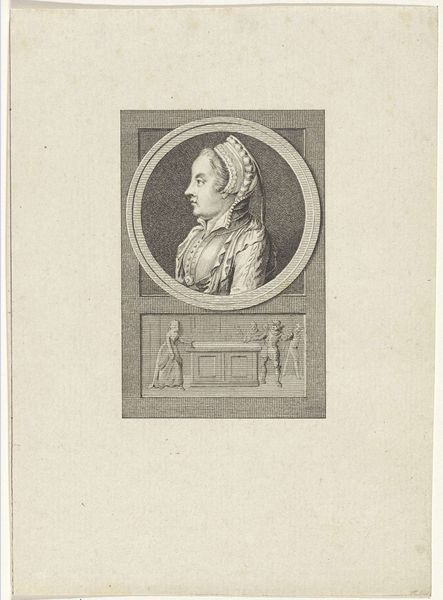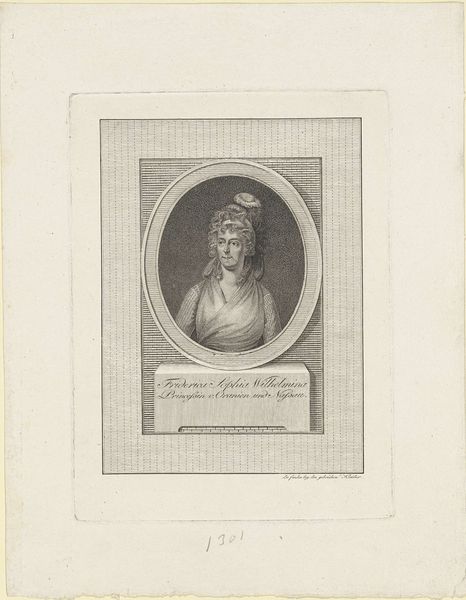
drawing, lithograph, print, paper, pencil
#
portrait
#
drawing
#
neoclacissism
#
lithograph
# print
#
paper
#
pencil drawing
#
pencil
Dimensions: 172 × 95 mm (image); 264 × 175 mm (sheet)
Copyright: Public Domain
Editor: Here we have François Gérard's "Portrait of the Duchesse de Berry," created sometime between 1815 and 1816. It's a lithograph and pencil drawing on paper. What strikes me is how delicate the rendering is, given it's a print. What are your initial thoughts on it? Curator: The lithographic process is key here. We must consider the accessibility it offered. Printmaking democratized portraiture, allowing for wider distribution and consumption of imagery related to the aristocracy. The use of pencil beforehand hints at a hybrid approach, a negotiation between unique artistry and mass production. What does the materiality of this object suggest about its social function? Editor: It suggests it's meant to circulate. Because it's printed it's likely it had many copies, meaning many people were able to admire the Duchesse. But why choose lithography specifically? Curator: Exactly. Lithography offered a quicker, less laborious process compared to traditional engraving, yet could mimic the subtle tonal gradations of a drawing. Consider the economic implications: reduced labor costs, increased output, and potentially a wider consumer base. How does the choice of paper and pencil also play into this economy of means? Editor: The paper seems simple, not ornate, reinforcing that cost-effective mode of production. The pencil likely allowed for quick sketches, which in turn lead to less time needed for the making of copies. Curator: Precisely! It reveals the evolving relationship between art, labor, and market forces in the 19th century. What can this suggest for the value judgements related to the fine arts, or "high arts?" Editor: I see your point. Thinking about it now, a lot of skill was probably needed to transfer the drawing into print format, and considering that it may not have been so appreciated at the time it was done! Thanks for making me notice that. Curator: Indeed! Looking closer, it is often about questioning such historical assumptions about skills and techniques.
Comments
No comments
Be the first to comment and join the conversation on the ultimate creative platform.
